Cleaner Marinas and Their Link to the Health of the Oceans
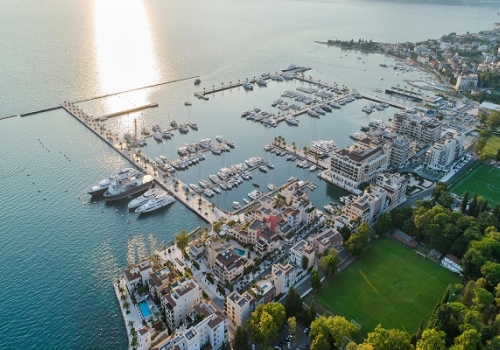
My last few articles for OnboardOnline have focused on conservation of the oceans and aquatic life. My input came from dedicated ocean conservationists whose studies have highlighted the importance of preventing further degradation of the natural environment caused by human activities. They also provided clear evidence that actively supporting, or ‘rewilding’ ocean life can positively contribute towards counteracting the harmful effects of climate change.
As I have mentioned before, the health of the global oceans, which cover 71 per cent of the Earth’s surface, is inexorably linked to the three well documented environmental threats of climate change, plastic pollution and loss of biodiversity. I also referred to the challenge of protecting currently ‘ungovernable’ ocean space, because 64 per cent of the high seas are outside of territorial limits. Since I wrote about this, a UN treaty on protection of the high seas has been agreed on March 4th of this year - a step in the right direction, but a massive challenge to implement effectively by 2030!
So, how about conservation, health, and cleanliness of the water in marinas? They all lay within territorial limits, and are managed by companies, membership committees or local authorities. They are also governable and subject to some degree of regulatory compliance, and it’s fair to assume that their combined aquatic surface area represents a substantial percentage of the world’s territorial waters.
More marinas = more environmental challenges
According to industry statistics from ICOMIA there are more than 25,000 marinas globally providing over 10 million berths. Although the total number of recreational boats in the world is quite difficult to quantify precisely, the same report suggests that the number is well over 25 million and rising, even more so in the last three years due to pandemic induced lifestyle changes towards outdoor pursuits, with boating and water sports being particularly attractive options. This means that new marinas will continue to emerge to meet the demand, thus taking up more coastal and inland waterway spaces. ICOMIA’s viewpoint is that this will continue to present multiple management challenges, one of which will be how to minimise their impact on pollution and the health of the aquatic environment.
This challenge should never be the at the sole discretion and concerns of marina managers, even though it should be a clear and accountable part of their remit. In addition, every boat owner, charterer, skipper or crew member has a responsibility to be aware that the very places they choose to park their boats are also the perfect entrapment environment, not only from floating debris that gets swept in by winds and currents, but also where various pollutants from ‘liveaboard’ activities or from cleaning, fueling and maintaining boats can unfortunately gather and negatively impact the quality and cleanliness of the enclosed waters.
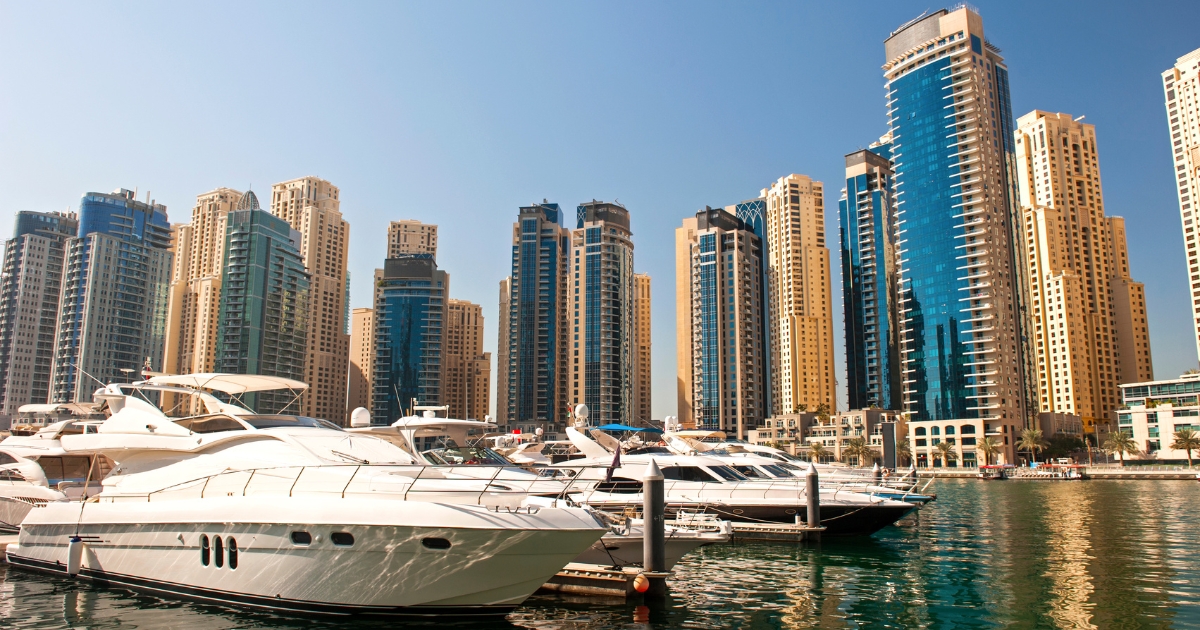
Because a large percentage of recreational boats spend most of the year tied up in a marina, it makes indisputable environmental sense that various types of ‘waste matter’ emitted from boats should be very restricted within the confines of the harbour, where their potential toxicity cannot be as effectively minimised by dilution as they would be at sea.
Sedimentation / stagnation are major factors
Speaking from personal experience, having kept my boat in the same marina for the last 10 years I have seen over that period how the buildup of sediments reduces water depth within a relatively short space of time. Also, depending on the layout of the marina, it has been obvious that certain areas become visibly more contaminated as they become shallower and/or are not regularly flushed or purged by tidal influence. Our marina was constructed over 50 years ago, having previously been a commercial harbour for cargo barges. It is sited on a sharp bend in a river where the tidal stream tends to increase in velocity towards the middle and away from the entrance. I am sure that such factors and their influence on the cleanliness and health of the marina waters were not highly prioritised in the minds of the project developers half a century ago.
These days there is no excuse for overlooking such environmentally important design and location par ameters at the early stages of marina planning. For many years, the Marinas Working Group from ICOMIA has been collaborating with PIANC (World Association for Waterborne Transport Infrastructure), during which time many reports and guidelines have been published on the subject.
For instance, when locating a new marina, the most important consideration is to avoid placing it where there is intense sediment transportation, for instance around headlands. Also, the entrance to the marina can be orientated to run parallel with the dominant alongshore current direction, thus avoiding excessive sediment trapping. Other recommendations include optimising the layout of the marina protection structures and streamlining them to minimise the formation of tidal eddies which can cause uncontrolled build-up of sediments.
Similar studies have emphasised the importance water exchange volumes which help to flush out contaminants from enclosed harbour spaces. This depends on maintaining adequate depths and allowing generous freshwater inflows helped by the natural elements of wind and tide. Again, very much dependent on location, orientation, and layout parameters.
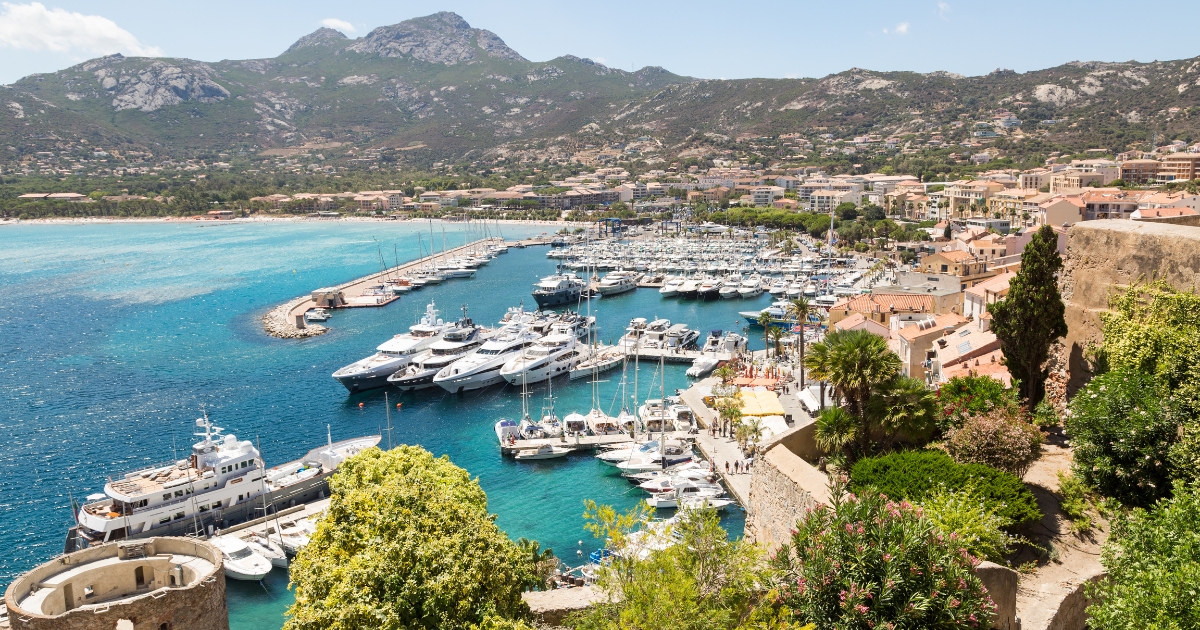
Accreditation schemes for clean marinas
There is no shortage of environmentally favourable clean water guidance for the developers of new marinas, but how about the cleanliness and water quality standards of thousands of existing marinas? As mentioned already, this is dependent partly on marina management procedures, and equally on the awareness and onboard behaviours of boat owners and crew.
An important contributor to improved standards in marinas is the independent assessment and recognition of their infrastructure management, customer service and environmental performance. In this respect the ‘Gold Anchor’ award scheme operated under the auspices of The Yacht Harbour Association (THYA) has been instrumental in evaluating and recognising some of the world’s foremost marinas for over 25 years. During this time close to 200 marinas have been accredited in all areas from Australia to the Far East, the Caribbean and in Europe. The scheme is based on self-assessment and site evaluation of specific items across six categories as follows: ambience, planning, policies and procedures, customer service, environmental, on-water facilities and infrastructure, and onshore facilities and infrastructure.
The Gold Anchor accreditation has levels 2, 3, 4 and 5, and also during the evaluation period a berth holder survey is conducted, which seems a good way of involving and encouraging boat owners to support and contribute to the success of the scheme, as well as providing valuable feedback to the marina.
Alongside this scheme, THYA have more recently launched a ‘Clean Marina’ program in recognition of the increasing pressure on marinas to satisfy regulatory and client demands for acceptable water quality. This also comes with appropriate accreditation after evaluation and focuses on the key environmental protections. These include blackwater capture and treatment, correctly managing segregated and hazardous waste, spill prevention and treatment, washdown capture and filtration, drain interception, using sustainable products, preventing plastic pollution, and of course, influencing tenants, contractors, and boaters to be more sustainable too.
What are the threats to clean waters in marinas?
The most obvious and mainly avoidable forms of contamination from yachts that reside in marinas are well documented. For instance, ‘black water’ (direct effluent discharge from toilets) has been largely legislated against, and since 2006 the Recreational Craft Directive (RCD) in Europe has required all new vessels to have provision for a holding tank to be fitted. Marinas now also provide pump out stations for safe emptying of the tanks into the public sewage system.
However, with the life span of a recreational boat sometimes reaching half a century or more, there are still millions of them in use that were built with straight through ‘sea toilets’ and never fitted with holding tanks. Here in the Netherlands, there are over 1000 marinas and around 500,000 leisure craft, with something like 50 per cent of them being over 35 years old. Legislation was introduced some 25 years ago to get owners to retrofit older boats with holding tanks, and marinas were subsidised to fit pump out stations.
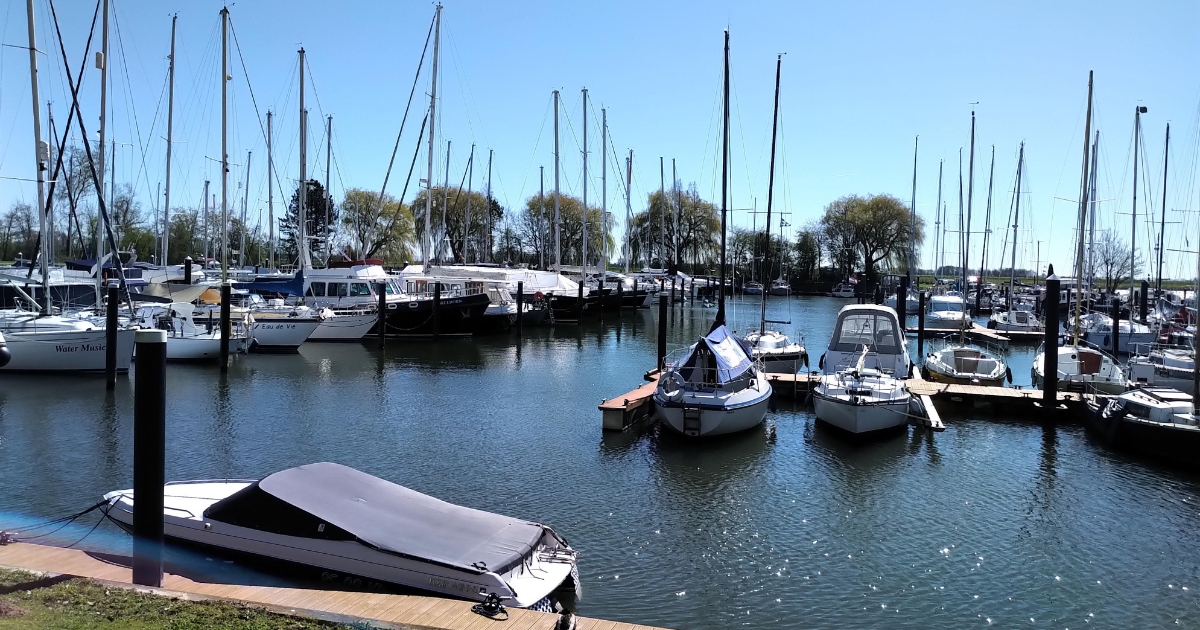
However even now there is an ongoing debate between the Dutch government and boat users’ associations about how effective this has been, as many boat owners have simply not been willing or able to find the onboard space, or the money, to carry out the required installation. And some that have holding tanks have fitted three-way valves on the outflow meaning the tank can be emptied more regularly ‘at sea’ (or possibly in an estuary or lake) rather than the inconvenience of hooking up to a pump out station when the tank is full.
Of course, such boats that are still fitted with ‘sea toilets’ should never use them in a marina, and neither should onboard showers be used in port when it is easy to use the shoreside sanitary facilities. Sadly I have personally seen floating evidence in marinas, albeit very rarely, indicating that some people just can’t be bothered to go ashore. I’ll spare you the unpleasant details, but I’m sure you’ll know what I mean!
Other obviously avoidable contaminants within marina environments are oil/fuel spillages, contaminated bilge water, and run off from boat washing, paints, solvents and dust from maintenance work.
What this all comes down to is the vital importance of boat owners and crews acting responsibly and thinking through the consequences of their actions when berthed in marinas. Legislation is difficult to enforce and control with a moving target like a boat, and no matter how much local rules, codes of practice or recreational craft directives are tightened up, it’s still about effective personal awareness, maintaining the highest standards of onboard sanitary care, and using products that minimise pollution in the enclosed aquatic environment of a marina.
Grey water, the elephant in the room - or the harbour!
All the above-mentioned are so obvious that they hardly need emphasising, and I’m sure the majority of boaters are very conscientious and aware of avoiding such contamination in the very places where they want to enjoy a clean healthy environment. But how about the ‘grey water’ situation? As we know, it can come from galley sinks, showers, washing machines, dishwashers etc - in fact, all the same places that outflow into the public sewerage system from our homes, hotels, and commercial buildings ashore.
Again, I can speak from personal experience, having owned seven boats in my adult life and chartered up to 15 metres in Australia, SE Asia, the Caribbean, UK and Netherlands. In all that time I have never seen untreated grey water go anywhere but straight overboard into the water. This, of course, can also happen in a marina where our shoreside lifestyle continues afloat, but without connection to a public sewerage system.
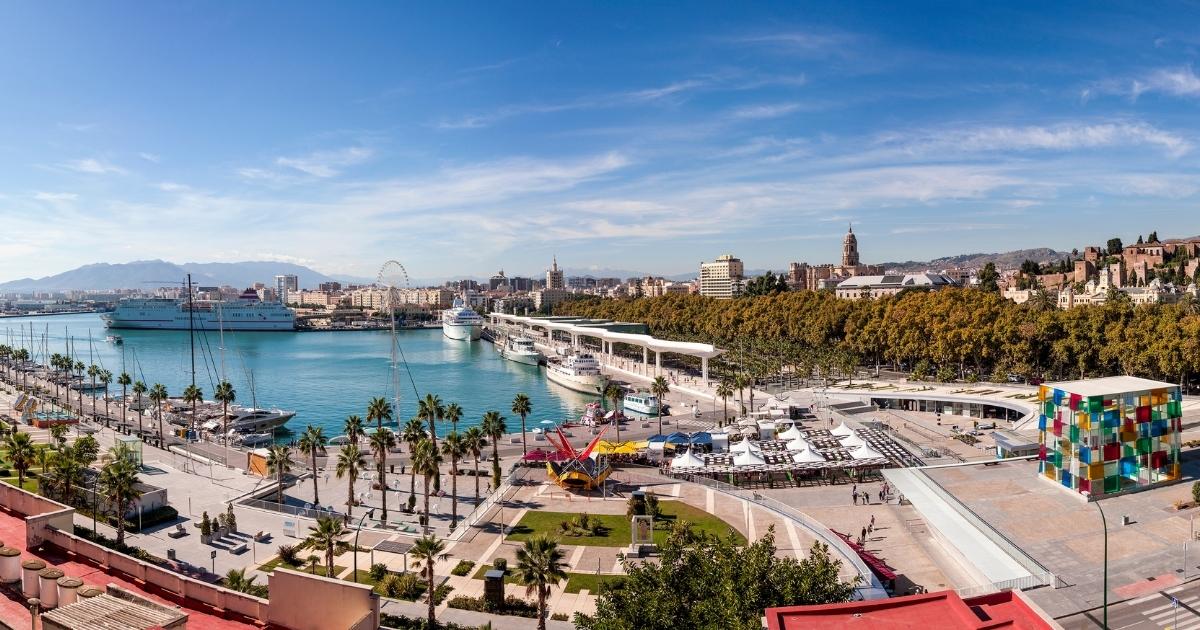
The RYA (Royal Yachting Association) in the UK has published guidelines on waste management for sustainable recreational boating which covers, for instance, the latest black water rules and regulations. However even they comment in writing as follows: “In the majority of cases, grey water discharges go directly into the water.” This is not always the case on some much larger yachts as they can have grey water holding tanks, grease traps, filtration systems or even biological wastewater treatment, but let’s think back to the 25 million smaller (>8 metre) recreational vessels in the world, and the 10 million that are berthed in marinas - just consider how much grey water they emit every year. Whatever legislation might come into force to better deal with grey water in future, this problem is not going away any time soon. So again, it’s up to us all, as boat owners, crews, charterers, marina managers etc., to do our very best to minimise grey water pollution in enclosed waters.
There is plenty of published data describing the various potentially toxic contents of grey water discharges - far too much to completely detail here - but just a few examples include bleaches, phosphates, suspended solids, bacteria, food particles, oil, grease, organic matter, human hair, and a variety of harmful oxygen demanding substances. Plus, as some recent studies have indicated, millions of microplastics which are proven to be entering into the food chain, emanating from clothes washing, or personal skin care products.
Positive action examples
I always like to round up an article with some activities that are contributing positively to the health of the ocean environment, and happily there are plenty of initiatives out there, including those mentioned above from ICOMIA Marinas Group, PIANC, and THYA. Here are a few more in brief that I have personally come across:
-
Cleaner Marinas is a campaign group which started out as ‘Clean Sailors’ with a mission statement as follows: ‘We, Clean Sailors......take great care to limit our impact on the ocean and all marine life.’ Originally founded by Holly Manvell, who now works as Head of Commercial Operations for Falmouth Harbour in SW England, Holly and her team expanded into the Cleaner Marinas concept in 2021 with an aim to inspire better, cleaner practices across marinas, ports and harbours. One of the things the team has done is partnered with suppliers of eco-friendly products which they promote for usage or sale in as many marinas as possible. These include a wide range of interior and exterior biodegradable cleaning products from Ecoworks Marine. They offer everything from hand soap or washing up liquid to engine degreaser and cleaning fluids for a multitude of onboard purposes, all developed using ingredients such as natural bacteria and enzymes that do less harm to the environment than traditional cleaning products. Another of their recommended products is ‘Finsulate’ (https://www.finsulate.com/en/about-finsulate/), a non-paint antifouling concept developed in the Netherlands. Based on a wrapping technology that mimics the spines of a sea urchin with thousands of tiny hairs, this is claimed to prevent biofouling from sticking to the hull whilst not emitting any toxic elements into the water. It has also devised a 10 point clean marina check list, encouraging boaters to study it and sign an environmental code of conduct pledge when they make a berthing agreement with the marina. And another good initiative is setting up refillable supply points for various liquid products in marinas, so that single use plastic containers are reduced.
-
Florida’s Clean Marina Program is supported by an advisory document of no less than 146 pages, which has been published for the benefit of some 2,000 marinas operating in the US state of Florida and serving hundreds of thousands of boaters who use the surrounding waters every day. It is very comprehensive and extremely well illustrated, covering every single aspect of Marina Environmental Measures and Best Management Practices. According to the Marine Industries Association of Florida, boating in Florida is a $10.2 billion dollar water intensive industry that includes marinas, boatyards, and boaters. Put quite simply, if the waters are too polluted for enjoyable recreational boating, then the boaters will go elsewhere, so clean water is essential to this multi-billion-dollar industry.
-
Great Barrier Reef Marinas - Environmental Guidelines is another comprehensive document of 109 pages. The Great Barrier Reef is the largest and most diverse coral reef ecosystem in the world, and the marinas within the protected area are urged to avoid at all costs, any significant ecological impacts on the aquatic environment. As with the Florida Clean Marina Program, much attention is paid in the guidelines, towards minimising or eradicating any potentially toxic waste that could enter the water from onboard living, cleaning, or maintenance works.
-
The Seabin Project is a well proven ‘cleaner waters’ product which I believe every marina should have installed. I personally witnessed the original prototype trials of the concept about 10 years ago in a marina in Mallorca where Andy Turton, the Australian inventor of the concept, was living at the time. Quite simply, it’s a floating continuously functional trash can which is dropped into the water with the top rim sitting at the surface level. The inner part is a fine mesh polypropylene capture net which traps all types of floating garbage and filters out oily contaminants. Driven by a bottom mounted pump, the unit draws water through it and effectively attracts anything that is floating close by, and drops it into the net.
It can be positioned in any part of the marina where winds and tides tend to sweep in floating rubbish and while it needs to be emptied periodically, it can be left alone to work 24/7. It needs to be hooked up to shore power which should never be a problem in a marina, and it consumes low energy per hour at just 500 watts / 4 amps. It can also be adapted to run on solar or wind power.Since launching with a successful crowd funding campaign, thousands of Seabins have been sold in over 70 countries, and the product is continuously being developed with more practical advantages. For instance, the bin enclosure is now being constructed from recycled plastic.
In conclusion
When starting to research a subject such as this, I always find much more information than I first imagined, and this one is no exception. What I have optimistically gleaned from the many studies and research papers available is that there is a huge amount of emphasis being placed on ways to improve the future water quality and cleanliness in marinas. We must all play our part by working in harmony with marina managements, and by taking the responsibility to make cleaner marinas our personal priority.

Post your comment
You cannot post comments until you have logged in.
Login to post a commentComments
No one has commented on this page yet.
RSS feed for comments on this page | RSS feed for all comments